How Can a Coil Packing Line Deliver Both Fast Installation and Long-Term Value?
As a factory manager, you face constant pressure. Production targets are high, but your manual packing process is a major bottleneck. It's slow, inefficient, and creates a real risk of worker injury. Every minute of downtime costs you money. Every near-miss on the factory floor adds to your insurance premiums and worries. You've looked at automation, but you're cautious. You may have been burned by suppliers who promised the world and delivered headaches. What if there was a solution designed for fast deployment and built to last? A system that addresses your efficiency, safety, and cost issues, backed by real-world engineering experience.
A well-designed coil packing line delivers fast installation through pre-engineered, modular components and a streamlined commissioning process. It provides long-term value by using durable materials and reliable automation to reduce labor costs, minimize product damage, and improve overall operational safety and efficiency.
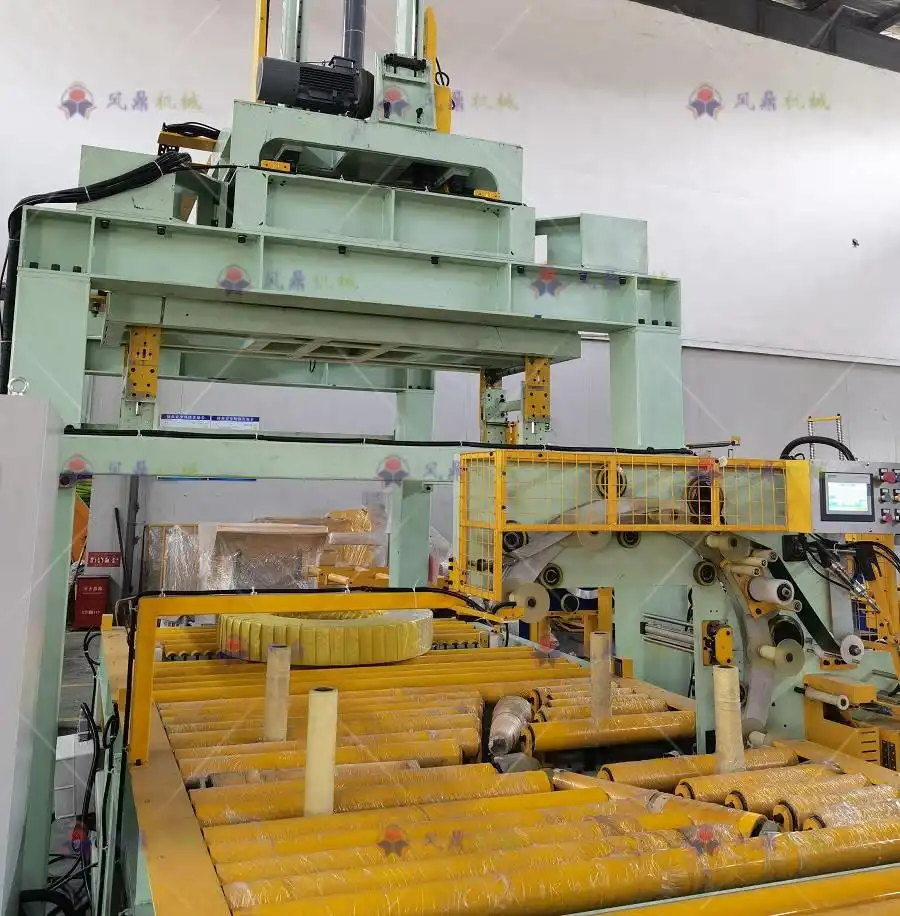
This isn't just about a machine. It's about a strategic investment in your factory's future. It’s about finding a partner who understands the challenges you face because they’ve faced them too. Let's break down how this is possible, drawing from real projects and the hard-won lessons from my own journey in building and running a factory.
How Does Pre-Engineering Guarantee a Faster Installation?
You need a solution now, but the thought of a long, disruptive installation process is a nightmare. Shutting down a part of your production line for weeks or even months is simply not an option. Delays during installation can cascade through your entire operation, affecting production schedules and customer delivery commitments. Complex, on-site setups mean more things can go wrong, pushing your go-live date further and further back. The key is a system that arrives at your factory ready to integrate. Pre-engineered and modular designs eliminate the guesswork and dramatically shorten the time from delivery to full operation.
Pre-engineering guarantees faster installation because the entire coil packing line is designed, built, and tested as a complete system in our factory before it is shipped. This modular approach ensures all components fit and work together perfectly, which minimizes on-site assembly, wiring, and troubleshooting time.
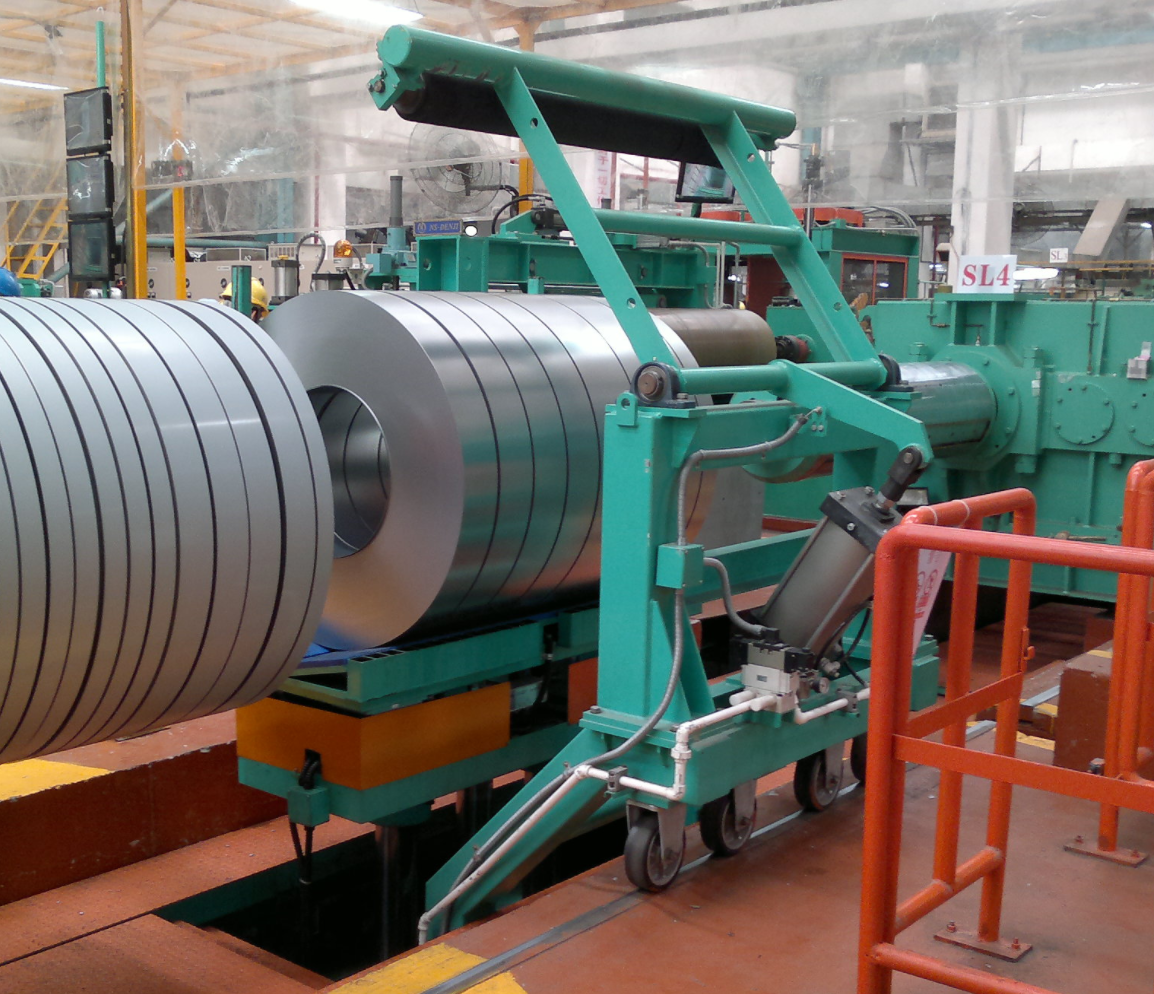
The Power of Modular Design
When we talk about a "modular" system, we mean the entire packing line is built in sections. Think of it like building with industrial-grade Lego blocks. You have the coil loading car, the conveyor sections, the main wrapping station, and the stacking unit. Each of these is a self-contained module. They are designed to connect with simple, standardized mechanical and electrical interfaces. This means we aren't building a custom machine from scratch on your factory floor. Instead, we are assembling proven, tested modules in a sequence that perfectly matches your workflow. This approach removes so much uncertainty from the installation process. We know the parts will fit because they were designed to fit from day one.
Pre-Commissioning: Our Factory is Your Proving Ground
This is the most critical step, and one that I insisted on when I built my own factory. Before we ship a single crate, we assemble your exact line in our facility. We don't just look at it; we run it. We use test coils with similar weights and dimensions to yours. We run the PLC programs, test every sensor, and check the cycle times. This process, called pre-commissioning, allows us to identify and fix any potential issues in our controlled environment, not on your valuable production time. It’s a quality control step that ensures the machine that arrives at your door is ready for work. It saves countless hours of on-site troubleshooting.
Streamlined On-Site Assembly
Because of the modular design and pre-commissioning, the on-site work is much simpler and faster. Our team arrives with a detailed plan, not a box of parts and a question mark. The modules are positioned, bolted together, and the pre-wired electrical connections are plugged in. The process is systematic and predictable. This is how we can get lines up and running so quickly for our clients, even in demanding locations with tight schedules.
| Feature | Traditional Installation | SHJLPACK Modular Installation |
|---|---|---|
| On-site Time | Weeks or Months | Days |
| Required Labor | Large, specialized team | Smaller, guided team |
| Troubleshooting | Extensive, on-the-fly | Minimal, pre-identified |
| Production Disruption | High and prolonged | Low and scheduled |
What Makes a Coil Packing Line a Reliable, Long-Term Asset?
You have probably bought equipment before that looked good on paper but failed under the stress of daily operations. The cost of frequent repairs and unexpected downtime can quickly erase any initial savings from buying a cheaper machine. An unreliable machine is a constant source of anxiety. It damages your products, hurts your reputation with customers, and makes it impossible to plan production with confidence. You cannot afford another "lemon" that becomes a headache for your maintenance team. A truly valuable asset is one you can depend on, day in and day out, for years. This reliability comes from a deep understanding of heavy industrial environments, focusing on robust construction, quality components, and smart, practical design.
A coil packing line becomes a reliable, long-term asset when it is built with heavy-duty steel frames, uses internationally recognized components from brands like Siemens and Schneider, and incorporates design features that minimize wear and make maintenance easy, ensuring consistent performance for years.
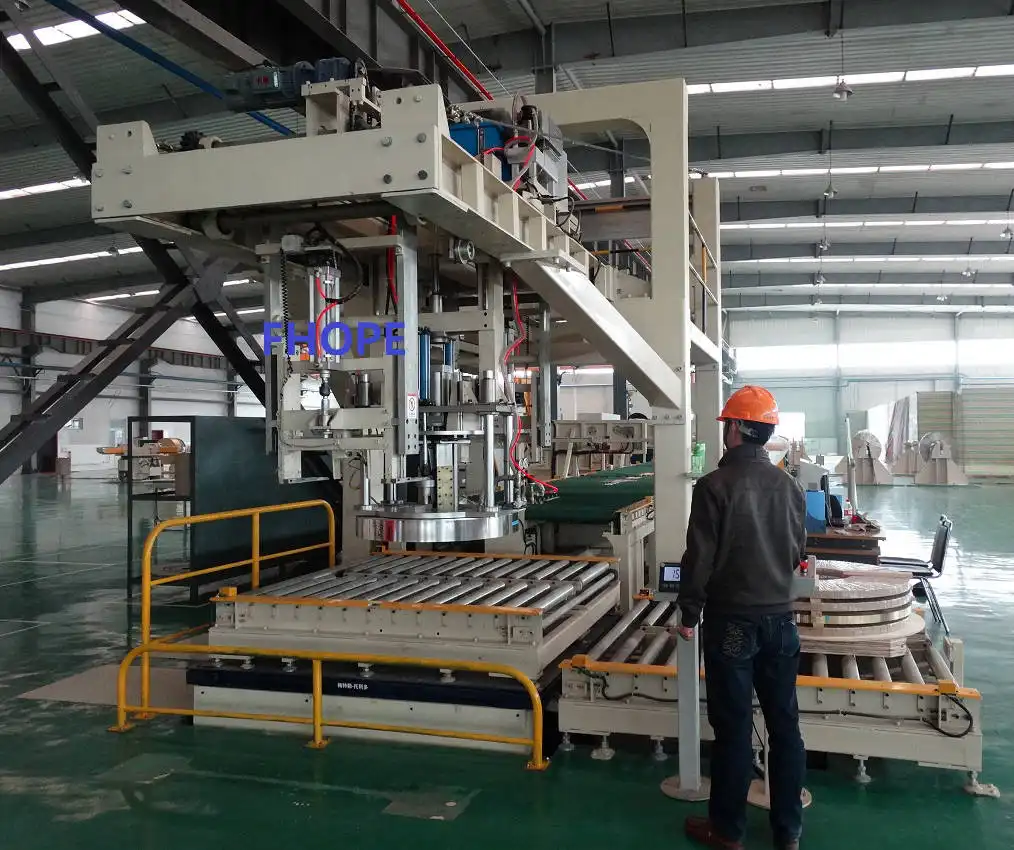
Built for the Real World: Heavy-Duty Construction
The foundation of any reliable machine is its frame. In a metal processing environment, machines face constant vibration and heavy loads. We use thicker steel plates and reinforce our welds because we know the abuse these machines will endure. When I started my own factory, I learned a hard lesson with some equipment that was built too lightly. It literally shook itself apart over time. That experience shaped my design philosophy. We over-engineer our frames and structures because we know that durability is not an option; it's a requirement for long-term value. A machine that is physically robust will maintain its precision and alignment for much longer, reducing wear on all its moving parts.
The Heart of the Machine: Quality Components
A machine is only as reliable as its weakest component. That is why we build our systems using parts from globally recognized and respected brands. We use Siemens for our PLCs, Schneider for our electronics, and SEW for our motors. Why does this matter to a factory manager in Mexico? It means two things. First, these components have a proven track record of reliability in millions of industrial applications worldwide. They are built to last. Second, it means that spare parts are readily available from local distributors almost anywhere in the world. You don't have to wait weeks for a proprietary part to be shipped from our factory. Your maintenance team can source a replacement quickly, minimizing downtime. This is a critical part of the long-term value equation.
Smart Design for Longevity
Reliability is also about designing a machine that is easy to care for. A machine that is difficult to maintain will inevitably be neglected. We incorporate features that make maintenance simple and effective. For example, we use polyurethane-coated rollers that not only protect the surface of your steel coils but also resist wear and tear better than bare steel. We install centralized lubrication points, so your team can perform routine maintenance quickly without having to hunt for dozens of individual grease fittings. We design our machines with large, easy-to-open access panels, so technicians can inspect and service components without a major disassembly. These small, practical details make a huge difference in the daily life of the machine and ensure it remains a reliable asset for your factory.
How Does Automation Directly Solve Safety and Efficiency Bottlenecks?
Your current packing area might be a hotspot for problems. It is likely slow, relying on too many people to keep up with the output from your production lines. Worse, the manual handling of heavy steel coils is a constant safety risk. You worry about the potential for crushed hands or feet, back strains, and other serious injuries. An injury can shut down your line, lead to investigations, and damage team morale. At the same time, the inefficiency of the manual process means finished coils pile up, waiting for packing. This disrupts the entire production flow from the slitter to the shipping dock. Targeted automation is the most effective way to solve these two problems at the same time. By replacing dangerous, repetitive manual tasks with a reliable, mechanized process, you can dramatically increase speed and create a much safer work environment for your team.
Automation directly solves safety and efficiency bottlenecks by replacing high-risk manual tasks like lifting, turning, and wrapping heavy coils with a seamless, mechanized process. This dramatically increases throughput speed, reduces the chance of human error and product damage, and virtually eliminates common causes of serious workplace injuries.
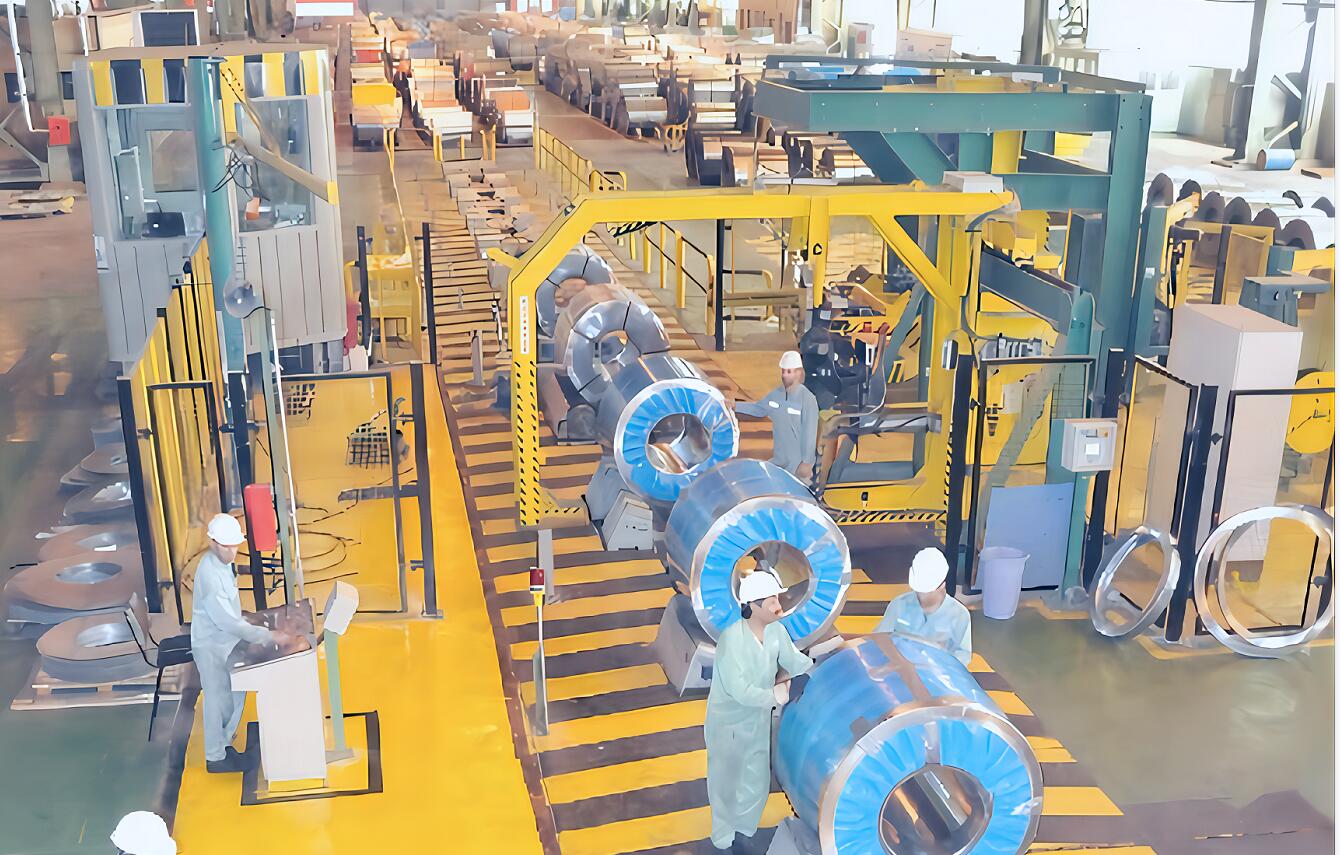
Eliminating the Most Dangerous Jobs
Think about the manual packing process. It often involves an overhead crane, a forklift, and several workers physically pushing and pulling heavy coils into position. They use banding tools in awkward positions and manually wrap the coils. Every step presents a risk. An automated line changes this completely. A coil car safely brings the coil from the crane to the line. An automatic tilter or upender positions the coil from "eye to the sky" to "eye to the wall" without any manual effort. The wrapping machine applies the packing material precisely and consistently. Finally, a conveyor or stacker moves the finished, packed coil to the dispatch area. The role of your employees transforms from manual laborers into system operators. They supervise the process from a safe distance, a much better and more valuable job.
Breaking the Production Bottleneck
The impact on efficiency is immediate and significant. Let's compare the processes with some typical times.
| Task | Manual Process (Time per Coil) | Automated Line (Time per Coil) | Efficiency Gain |
|---|---|---|---|
| Coil Loading & Positioning | 5-10 minutes | < 1 minute | >80% Faster |
| Wrapping & Strapping | 10-15 minutes | 1-2 minutes | >85% Faster |
| Unloading & Stacking | 5-7 minutes | < 1 minute | >80% Faster |
These numbers are not just theories; they are based on the performance of our lines in real factories. When I installed the first automated line in my own factory, we were able to reassign three workers from the packing station to more value-added roles elsewhere. The packing area went from being our biggest headache and bottleneck to a smooth, predictable, and fast part of our operation.
Protecting Your Product and Your Profit
There is another key benefit. Manual handling is rough. It often leads to dented edges, scratched surfaces, and damaged packaging. These quality issues lead to customer complaints, claims, and can damage your reputation. An automated system handles the coils gently with smooth conveyors and polyurethane-coated surfaces. The wrapping is tight and consistent, providing better protection during transport. Fewer customer complaints and product returns translate directly to higher profits. This is a real, measurable financial gain that is often overlooked when just considering labor savings.
Why is a True Partnership More Valuable Than a Simple Purchase?
You need to buy a machine, but your past experiences have made you wary. You may have dealt with salespeople who were great at making promises but disappeared after the check was cashed. They left you with a machine that did not quite fit your needs and provided little to no support. This lack of trust makes a big investment decision even more stressful. You are not just buying steel and motors; you are betting on a supplier's expertise and their commitment to your success. If a supplier does not understand your business, their "solution" might create more problems than it solves. The best approach is to shift your mindset from "buying a machine" to "finding a partner." A true partner invests their expertise in your success, works with you to solve your unique challenges, and stays with you long after the installation is complete.
A true partnership is more valuable than a simple purchase because it provides access to deep industry expertise, customized solutions tailored to your specific operational needs, and reliable, ongoing support. This collaborative approach ensures the equipment you invest in delivers maximum ROI and contributes to your long-term business growth.
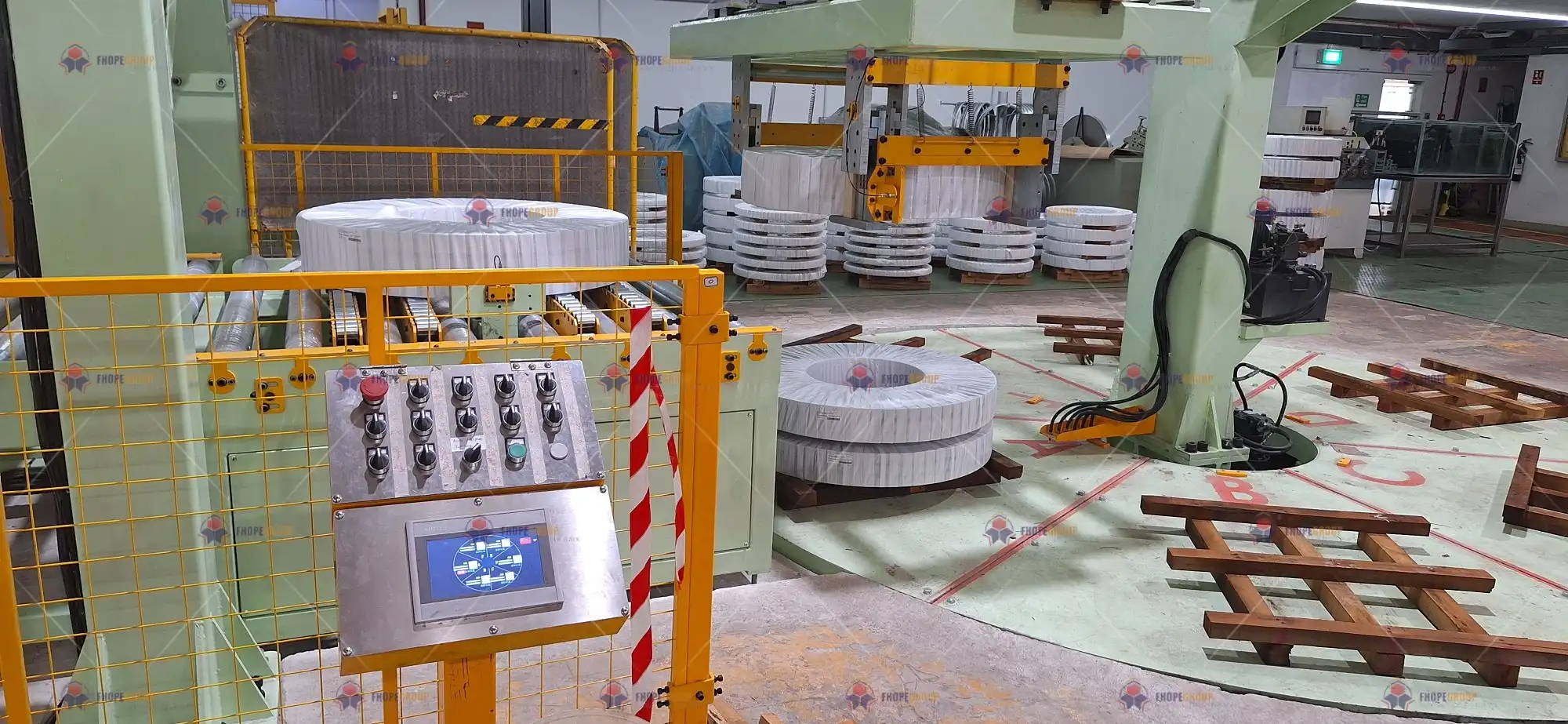
The Value of Shared Experience
I am not just a machine builder. I have been in your shoes. I founded and ran a successful packing machine factory. I faced the same daily pressures for productivity, safety, and cost control that you do. This experience is built into our company's DNA and our process. When we talk to a new client, I don't see it as a sales call. I see it as a problem-solving session between two engineers. I'm listening to understand your specific bottlenecks and challenges. I'm thinking about how we can solve them, drawing on solutions that have worked in my own facility and for dozens of clients like you. A salesperson sells features; a partner discusses solutions. For example, a salesperson might highlight the machine's top wrapping speed. A partner will ask why you need that speed. Is it to match the output of your new slitting line? Are you planning a factory expansion in two years? The context is everything.
Beyond the Standard: Customization is Key
No two factories are identical. Your floor layout is unique. Your product mix is unique. Your existing material handling equipment is unique. A "one-size-fits-all" machine rarely fits anyone perfectly. A partner works to adapt the solution to you, not force you to adapt your operations to a standard machine. This customization is where real value is created. We can integrate our line with your existing overhead crane system. We can design a layout to fit into a tight or unusual space. We can add special sensors to handle different coil widths automatically. We can program the control system to communicate with your factory's production management software. This engineering flexibility turns a piece of equipment into an integrated part of your operation.
Support for the Long Haul
A partnership does not end when the machine is installed and running. That is just the beginning. We provide comprehensive training for your operators and your maintenance staff to ensure they are confident and capable. We remain available for technical support to help you troubleshoot any issues or optimize performance. As your business grows, we can be a resource to help you plan for the future, whether it's upgrading a component or expanding the line. This is what our slogan, "Total Solution for Wrapping Machine," truly means. It's about being your go-to expert and trusted advisor for all your packing challenges, today and tomorrow.
My Insight: What is the One Mistake Most Managers Make When Calculating ROI?
You must justify this investment to your company's leadership. The first thing they will ask for is the Return on Investment (ROI) calculation. So, the natural first step is to add up the labor savings from the workers you can reassign and present that number. It is a simple, clear calculation. But if you only focus on direct labor costs, you are telling an incomplete and much less powerful story. You are undervaluing the project, making it harder to get approved. Even worse, you might be tempted to choose a cheaper, inferior machine because its superficial ROI looks better on paper. I want to share a crucial insight from my years of running a factory: the true ROI of automation goes far beyond just salaries. To make the best decision for your company, you need to look at the hidden costs you can eliminate and the hidden benefits you can gain.
The most common mistake managers make when calculating ROI is focusing only on direct labor savings. A true ROI calculation must also include the significant financial benefits from reduced product damage, lower insurance premiums due to improved safety, increased production throughput, and the elimination of costs associated with employee turnover for high-risk manual jobs.
The Hidden Costs of Your Manual Process
Let's break down what your current manual process is really costing you every year. First, calculate the value of products that are scrapped or need to be sold at a discount due to handling damage. This is a real, hard cost. Second, think about safety and insurance. What is the direct and indirect cost of a single serious injury? Consider medical bills, lost time, and the inevitable increase in your insurance premiums. High-risk jobs lead to higher premiums even if you have no accidents. Third, consider employee turnover. Physically demanding jobs like manual packing often have high turnover rates. Calculate the cost to recruit, hire, and train a new employee for this role. How many times did you have to do that last year? These are all real costs that automation can drastically reduce or eliminate.
The Hidden Gains from Automation
This is the most important part that many people miss. If your packing station is the bottleneck, automating it does not just make packing faster—it allows your entire factory to produce and ship more. How much more revenue could your company generate if you could increase overall throughput by 10% or 15%? This is the opportunity cost of your current bottleneck, and it is often the largest financial gain from automation. Additionally, consider the value of improved quality and a better reputation. Fewer customer complaints about damaged products lead to stronger customer loyalty, repeat business, and a better name in the market. This is harder to put an exact number on, but it is a massive long-term benefit.
A More Honest ROI Calculation
I always encourage managers to present a more complete financial picture. Compare a basic ROI calculation with a comprehensive one.
| Cost/Saving Category | Traditional ROI (Annual) | Comprehensive ROI (Annual) |
|---|---|---|
| Labor Savings | Included | Included |
| Reduced Product Damage | Not Included | Included |
| Insurance & Safety Savings | Not Included | Included |
| Reduced Turnover Costs | Not Included | Included |
| Increased Revenue from Throughput | Not Included | Included |
When you show the numbers this way, the investment in quality automation is no longer just a cost to be minimized. It becomes what it truly is: a powerful engine for profitability, safety, and growth. This is the perspective that helped me grow my own business, and it is the most valuable advice I can share with any factory manager.
Conclusion
In conclusion, the right coil packing line is more than a machine; it is a strategic asset that delivers immediate efficiency, long-term reliability, and a partnership for future growth.





